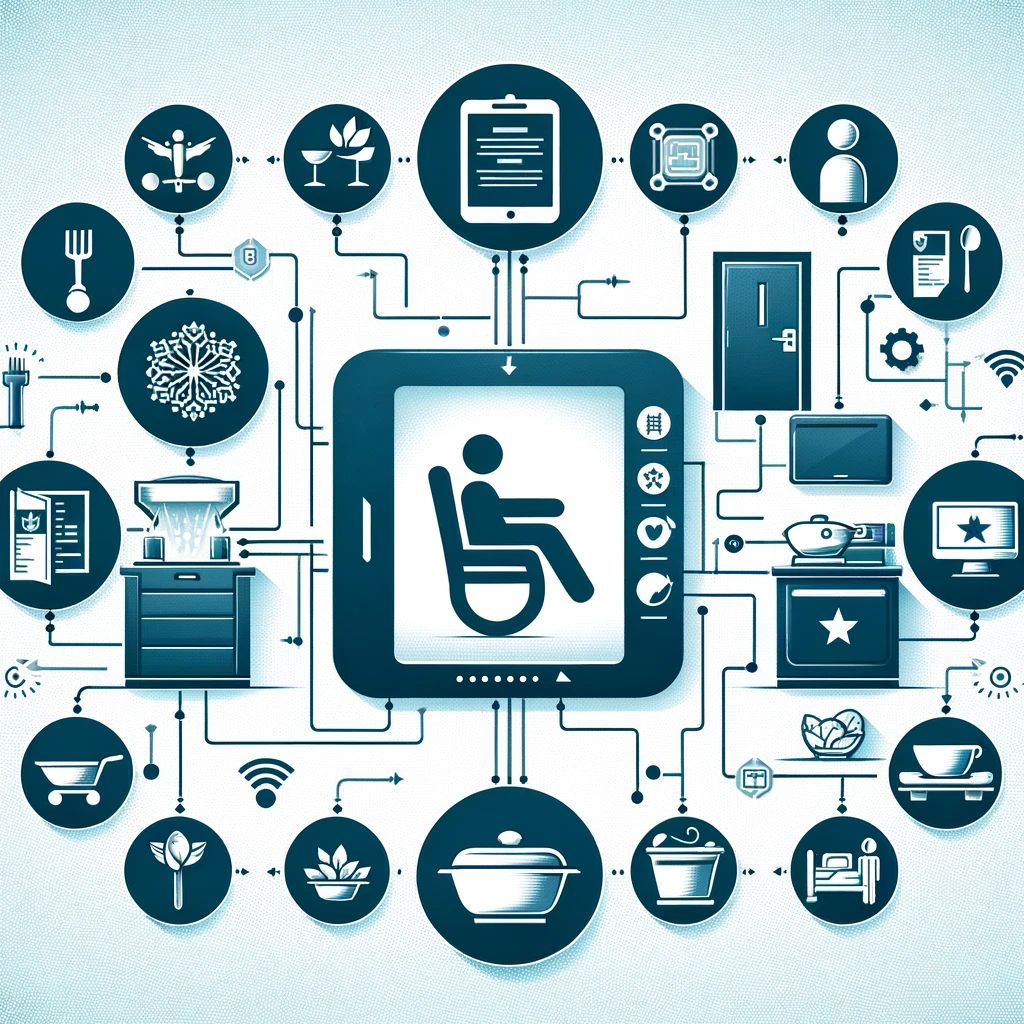
The landscape of hospital food service is evolving. Gone are the days when tray service was the standard. Today, VA hospitals are increasingly adopting a room service model, prioritizing veteran patient satisfaction and dietary customization. In this post, we’ll explore how a commercial kitchen in a VA hospital can successfully make this transition.
Understanding the Shift
Room service in hospitals is more than just a luxury; it’s a patient-centric approach that contributes significantly to patient recovery and satisfaction. This model provides veterans with the flexibility to order food as per their preferences and dietary needs at a time they choose, much like in a hotel.
Step 1: Assessing Needs and Resources
Begin with a comprehensive evaluation of your current capabilities and what is required for a successful transition. This includes understanding patient demographics, dietary needs, and the capacity of your existing kitchen and staff. There are healthcare foodservice consultants who can assist.
Step 2: Staff Training and Hiring
Transitioning to room service requires a shift in skills and mindset. Training your staff to adapt to the new service style is essential. You might also need to hire additional staff or those with specific expertise in room service.
Step 3: Menu Planning
A diverse, flexible menu is key to a successful room service program. Work with dietitians and chefs to create a menu that not only meets dietary needs but also appeals to a wide range of palates.
Step 4: Upgrading Kitchen Equipment
Evaluate your current kitchen setup. Room service might require additional or different equipment to handle a variety of orders simultaneously.
Step 5: Implementing an Ordering System
A user-friendly, efficient ordering system is the backbone of room service. Whether it’s a digital system or a call center, ensure it’s easy for veterans to use and for kitchen staff to manage.
Step 6: Workflow Redesign
Rethink your kitchen’s workflow. Room service demands a dynamic, efficient approach to preparing and delivering meals.
Step 7: Quality Control and Feedback
Implement stringent quality control measures. Also, establish a system for receiving and acting on feedback from veterans and staff.
Step 8: Trial Runs and Adjustments
Conduct trial runs and be prepared to make necessary adjustments. This step is crucial to work out any kinks in the new system.
Step 9: Marketing and Communication
Communicate the new service effectively to veterans and staff. Clear, positive communication will ensure a smoother transition.
Step 10: Ongoing Evaluation
Continuously evaluate the service. Look for ways to improve efficiency and patient satisfaction.
Conclusion
Transitioning to room service is a significant step towards enhancing veteran patient care and satisfaction. It requires careful planning, training, and execution, but the results – happier veterans and a more dynamic kitchen environment – are well worth the effort. Remember, at the heart of this transition is a commitment to veteran care and satisfaction.
Aldevra has helped several VA hospitals with this transition. Call 269-350-1337 or email sales@aldevra.com for more information.



